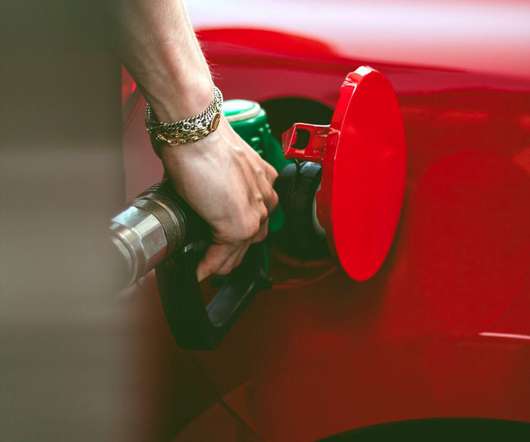Global Fuel Economy Initiative Releases Roadmap Report on Achieving 50% Fuel Economy Improvement in LDV Fleet by 2050
Green Car Congress
MARCH 6, 2009
The International Energy Agency (IEA) has estimated that fuel consumption and emissions of CO 2 from the world’s cars will roughly double between 2000 and 2050. Their share will fall to just under 40% by 2050, with aviation set to grow to match road freight at around 22% of fuel consumption and emissions each. Fuel taxes.














Let's personalize your content